The Most Difficult Place to Live on Our Planet: The Danakil Depression, Also Known as the Valley of Death
The Danakil Depression, also known as the Valley of Death, is a region located in northeastern Ethiopia that is considered one of the most inhospitable places on Earth.
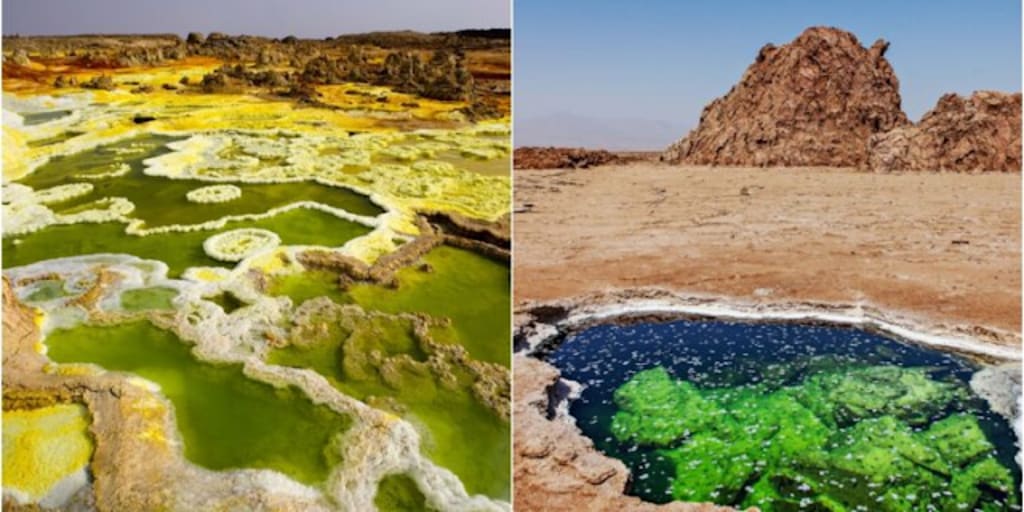
The area is known for its extreme temperatures, which can reach up to 122 degrees Fahrenheit (50 degrees Celsius) during the day and drop to freezing at night. It is also home to active volcanoes and has some of the highest levels of sulfur dioxide in the world, which can cause respiratory problems for those living in the area.
The Danakil Depression is located in the Afar region of Ethiopia, which is known for its harsh desert climate and rugged terrain. The region is also home to the Afar people, who have lived in the area for centuries and have adapted to the challenging conditions. Despite the difficulties of living in the Danakil Depression, the Afar people have managed to survive and thrive, relying on traditional farming and herding practices to sustain themselves.
Despite its challenges, the Danakil Depression is also home to some of the most breathtaking and unique landscapes on Earth. It is home to the Dallol Hydrothermal Field, which is known for its colorful hot springs, and the Afar people have a rich cultural heritage and history. While living in the Danakil Depression is not for the faint of heart, it is an important part of Ethiopia's history and culture, and it remains an intriguing and mysterious place to this day.
Where and How Did the Danakil Depression Form?
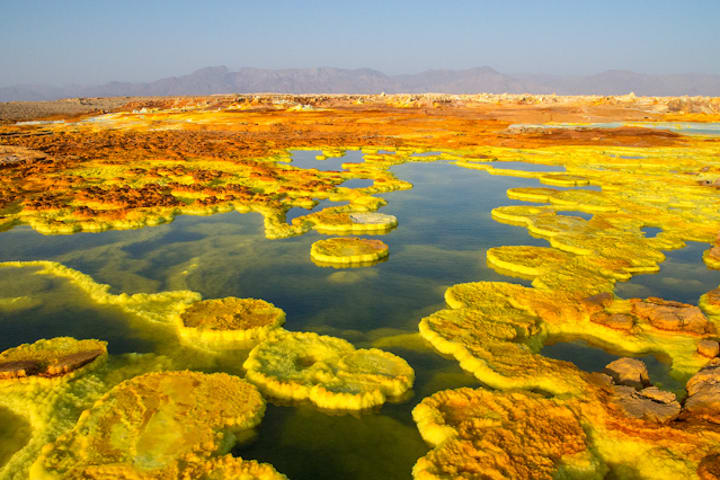
The Danakil Depression is located in the Afar region of northeastern Ethiopia, near the border with Eritrea and Djibouti. It is located on the Afar Triangle, a tectonically active region that is known for its volcanoes, hot springs, and geysers.
The Danakil Depression is believed to have formed as a result of tectonic activity in the Afar Triangle. The region is located at the junction of three tectonic plates, the African Plate, the Arabian Plate, and the Somali Plate, which are slowly moving apart from each other. As the plates move apart, the land between them sinks, forming the depression.
The Danakil Depression is also home to active volcanoes, including the Erta Ale volcano, which is one of the few permanently active lava lakes in the world. The area is also known for its high levels of sulfur dioxide, which is emitted by the volcanoes and contributes to the harsh conditions in the region.
Overall, the combination of tectonic activity, volcanic activity, and extreme temperatures make the Danakil Depression one of the most inhospitable places on Earth, and it is often referred to as the "Valley of Death."
What Places Can You Visit in the Danakil Depression?
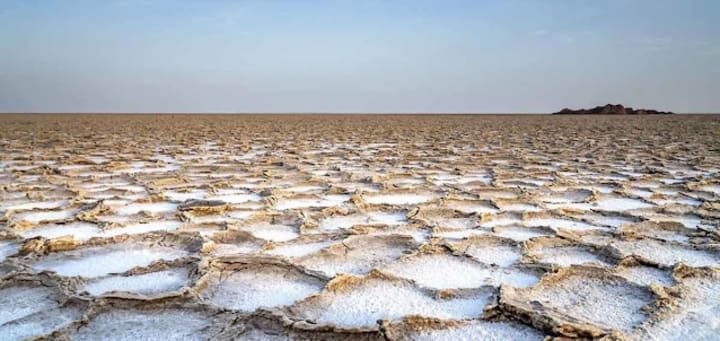
The Danakil Depression is a challenging and inhospitable region, and it is not a typical tourist destination. However, there are a few places in the area that can be visited with the help of a guided tour.
One of the main attractions in the Danakil Depression is the Dallol Hydrothermal Field, which is known for its colorful hot springs and geysers. The field is located in the northern part of the depression and can be reached by a guided tour.
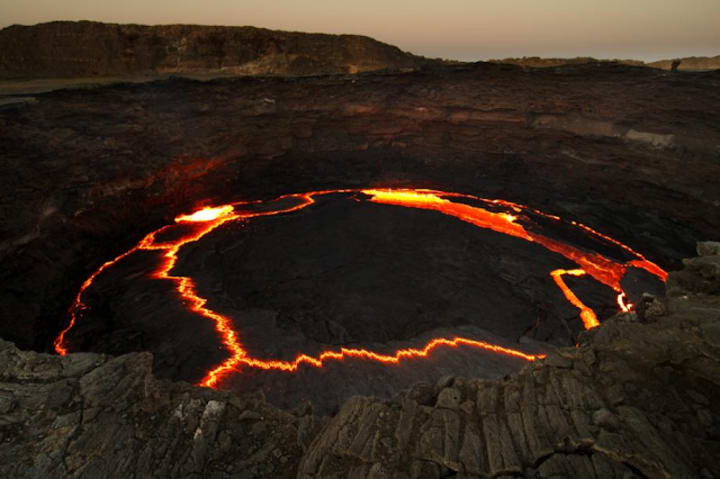
Another popular attraction in the Danakil Depression is the Erta Ale volcano, which is one of the few permanently active lava lakes in the world. The volcano is located in the central part of the depression and can be reached by a guided tour.
Additionally, the Danakil Depression is home to several salt mines, which have been in operation for centuries. These salt mines are an important source of income for the Afar people, who live in the region. Visiting the salt mines can provide insight into the traditional way of life in the Danakil Depression and the challenges that the Afar people face.
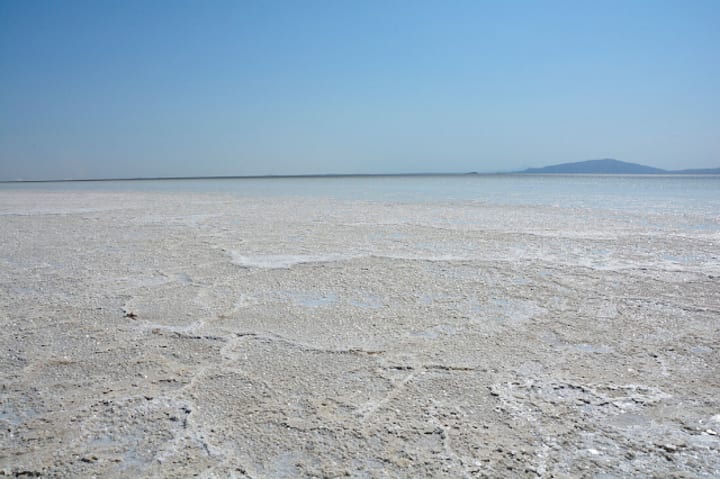
It is important to note that visiting the Danakil Depression requires a guided tour, as the region is inhospitable and can be dangerous for tourists. Traveling to the area also requires obtaining a special permit from the Ethiopian government.
Is the Danakil Depression Safe for Travel?
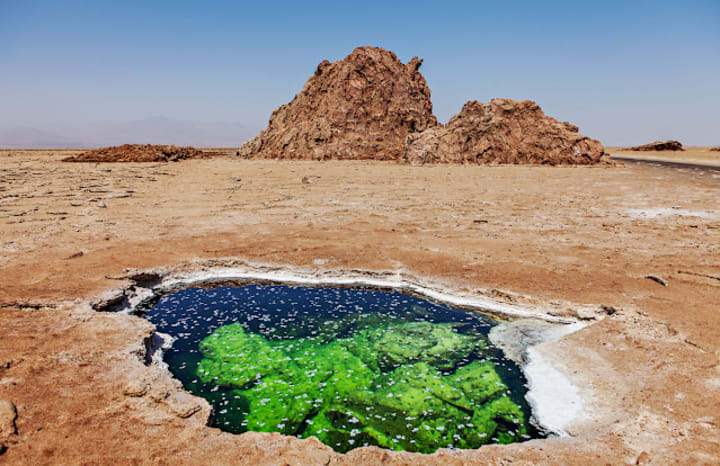
The Danakil Depression is a challenging and inhospitable region, and it is not a typical tourist destination. Traveling to the area requires a guided tour and obtaining a special permit from the Ethiopian government. The region is known for its extreme temperatures, active volcanoes, and high levels of sulfur dioxide, which can pose risks to tourists.
In addition to the environmental challenges, the Danakil Depression is located in a politically unstable region, and there have been instances of violence and conflict in the area. As a result, the U.S. Department of State advises against travel to the Danakil Depression due to the risk of terrorism, civil unrest, and kidnapping.
Overall, traveling to the Danakil Depression is not recommended for most tourists due to the inhospitable conditions and the risks of terrorism and civil unrest. If you do decide to visit the region, it is important to take necessary precautions and follow the guidance of your tour operator and the local authorities.
When Can the Danakil Depression be Visited?
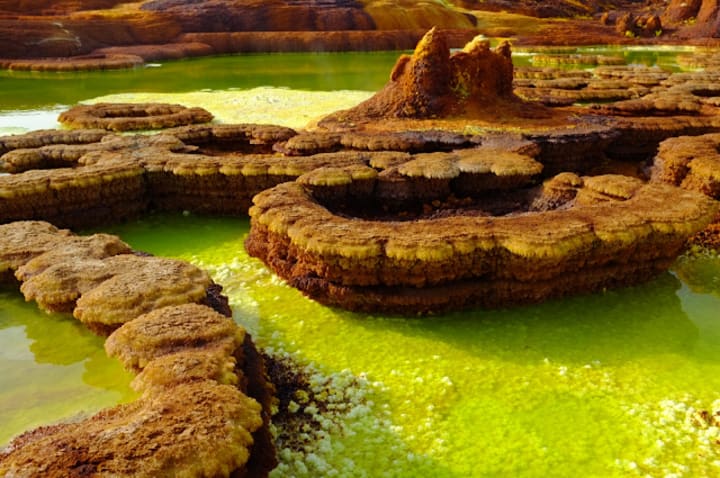
The Danakil Depression is a challenging and inhospitable region, and it is not a typical tourist destination. The region is known for its extreme temperatures, active volcanoes, and high levels of sulfur dioxide, which can pose risks to tourists.
In terms of when the Danakil Depression can be visited, the best time to visit the region is during the cooler months of the year, which typically run from November to January. During these months, the temperatures are less extreme and it is more comfortable to travel in the region.
It is important to note that visiting the Danakil Depression requires a guided tour, as the region is inhospitable and can be dangerous for tourists. Traveling to the area also requires obtaining a special permit from the Ethiopian government.
Overall, it is not recommended for most tourists to visit the Danakil Depression due to the inhospitable conditions and the risks of terrorism and civil unrest. If you do decide to visit the region, it is important to take necessary precautions and follow the guidance of your tour operator and the local authorities.
About the Creator
Enjoyed the story? Support the Creator.
Subscribe for free to receive all their stories in your feed. You could also pledge your support or give them a one-off tip, letting them know you appreciate their work.


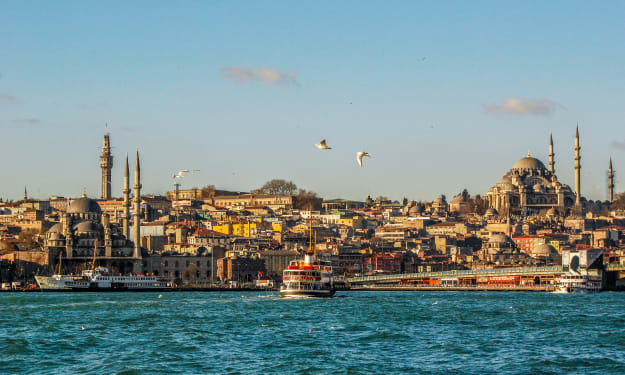



Comments
There are no comments for this story
Be the first to respond and start the conversation.